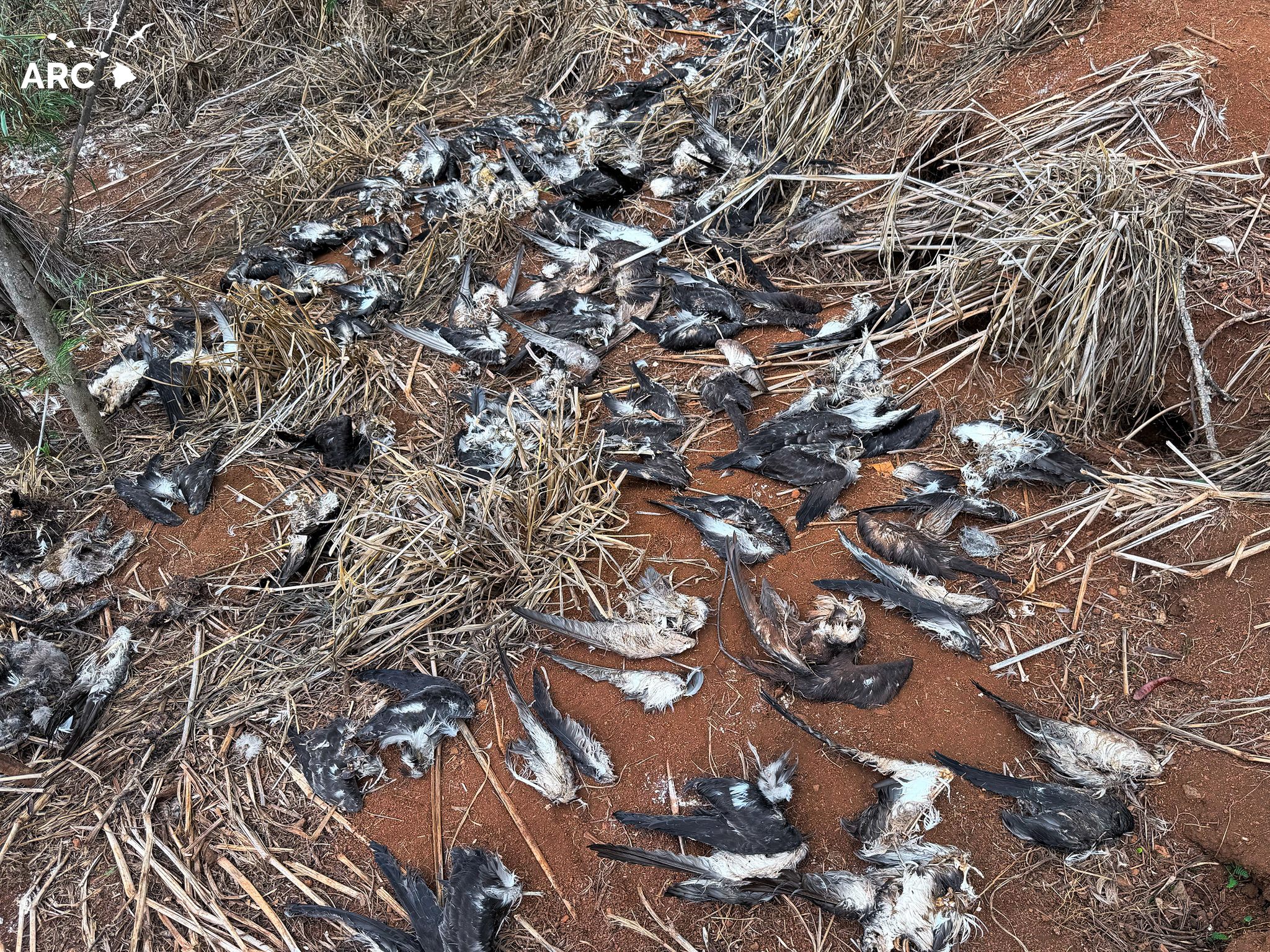 Collected corpses of Wedge-tailed Shearwaters preyed upon by feral cats at Ninini Point, Kauai, photograph from the Hawaii-based environmental consultancy, Archipelago Research and Conservation (ARC)
Collected corpses of Wedge-tailed Shearwaters preyed upon by feral cats at Ninini Point, Kauai, photograph from the Hawaii-based environmental consultancy, Archipelago Research and Conservation (ARC)
At least three mass kills of Wedge-tailed Shearwaters (ʻuaʻu kani) Ardenna pacifica have been recorded on the Hawaiian island of Kauai this breeding season, amounting to a minimum of 180 birds by feral cats and unleashed dogs.
“Dr André Raine, Science Director for Archipelago Research and Conservation said that these were not isolated events. The most recent incident that we investigated - in a ʻuaʻu kani colony at Ninini Point - was one of the worst I have seen, with at least 125 birds killed by cats. Dead birds were scattered all over the colony, most of them being adults. When the adults are killed, their chicks then also slowly starve to death. Unfortunately, these kinds of reports happen on an almost annual basis and at seabird colonies all over the island.”
'Ua'u kani Colony at Ninini Point Devastated by Cats — At Least 125 Birds Killed
“At Ninini Point, conservationists found a total of 106 dead adult birds and a further 19 dead chicks. They were only able to check a quarter of the colony, so it is highly likely there were many more. Based on the condition of the bodies, predations had been occurring at the site all season long. One dead bird was found with its egg still inside its body - showing it had been killed at the start of the breeding season – while in the case of two of the chicks, they had been freshly killed the previous night. Additional incidents in the last two weeks were recorded at Mahaʻulepu Heritage Trail (at least 16 birds) and the road past Spouting Horn (at least 39 birds).”
 Another view of the devastation at Ninini Point, photograph from Archipelago Research and Conservation
Another view of the devastation at Ninini Point, photograph from Archipelago Research and Conservation
Dr Raine continued “What is extremely frustrating is that this is an almost annual event on Kauaʻi. Looking through my reports, we have had annual kills of ʻuaʻu kani at Spouting Horn for the last three years straight and kills at Mahaʻulepu Heritage Trail going back as far as 2013. This year we started with a report from Haena of over nine shearwaters killed by a dog off its leash and as we are nearing the end of the season we are getting multiple reports of mass kills across the island. It happens every year.”
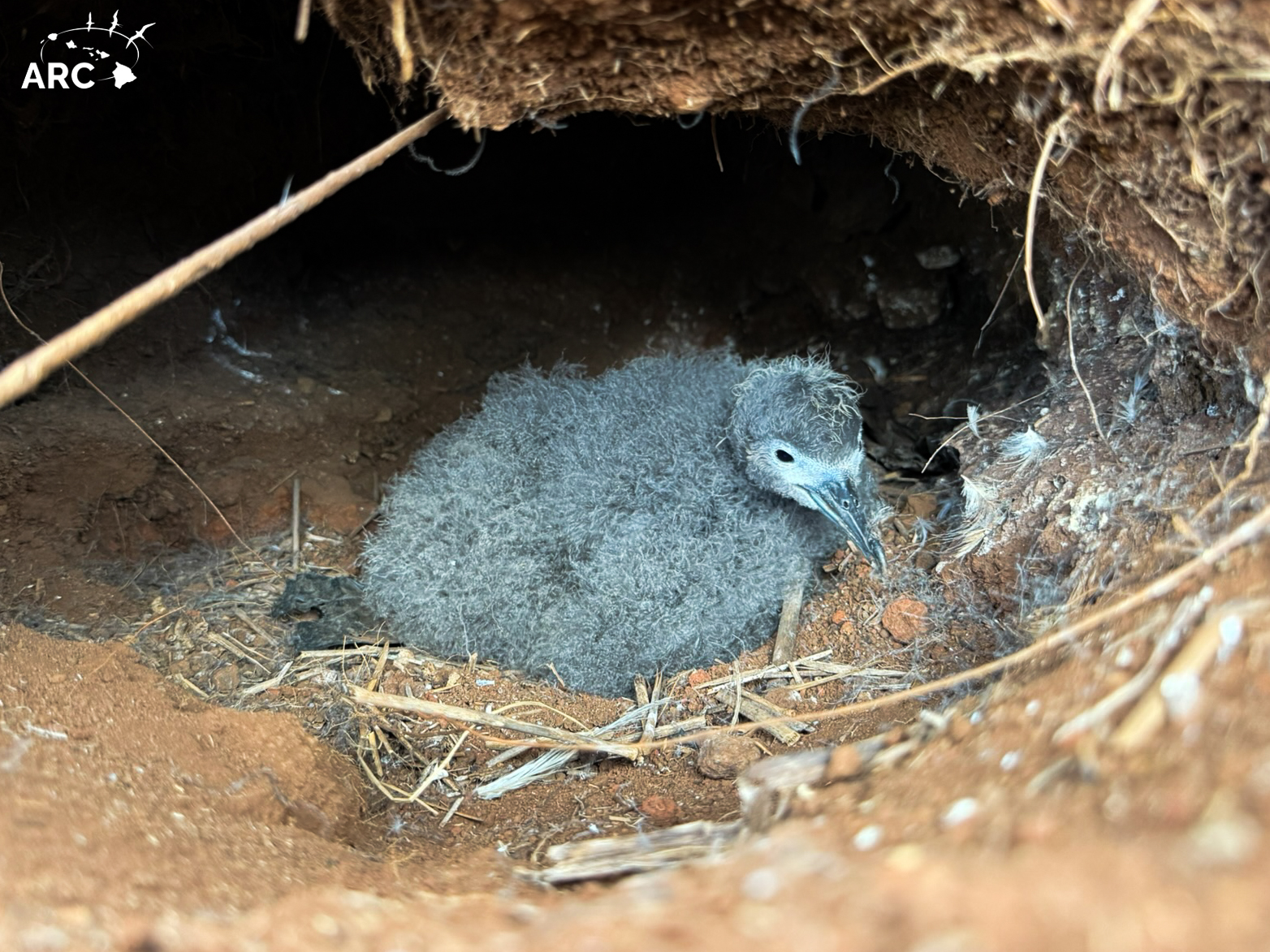 Wedge-tailed Shearwaters can breed in shallow burrows, making them easy prey to cats and dogs, photograph from Archipelago Research and Conservation
Wedge-tailed Shearwaters can breed in shallow burrows, making them easy prey to cats and dogs, photograph from Archipelago Research and Conservation
Read the full account from ARC here. You can also view videos and news articles here and here. Read the most recent ACAP Monthly Missive entitled “Two different animals: pet cats at home, feral cats on islands” giving a personal take on the issue.
John Cooper, Emeritus Information Officer, Agreement on the Conservation of Albatrosses and Petrels, 29 September 2025

 English
English  Français
Français  Español
Español 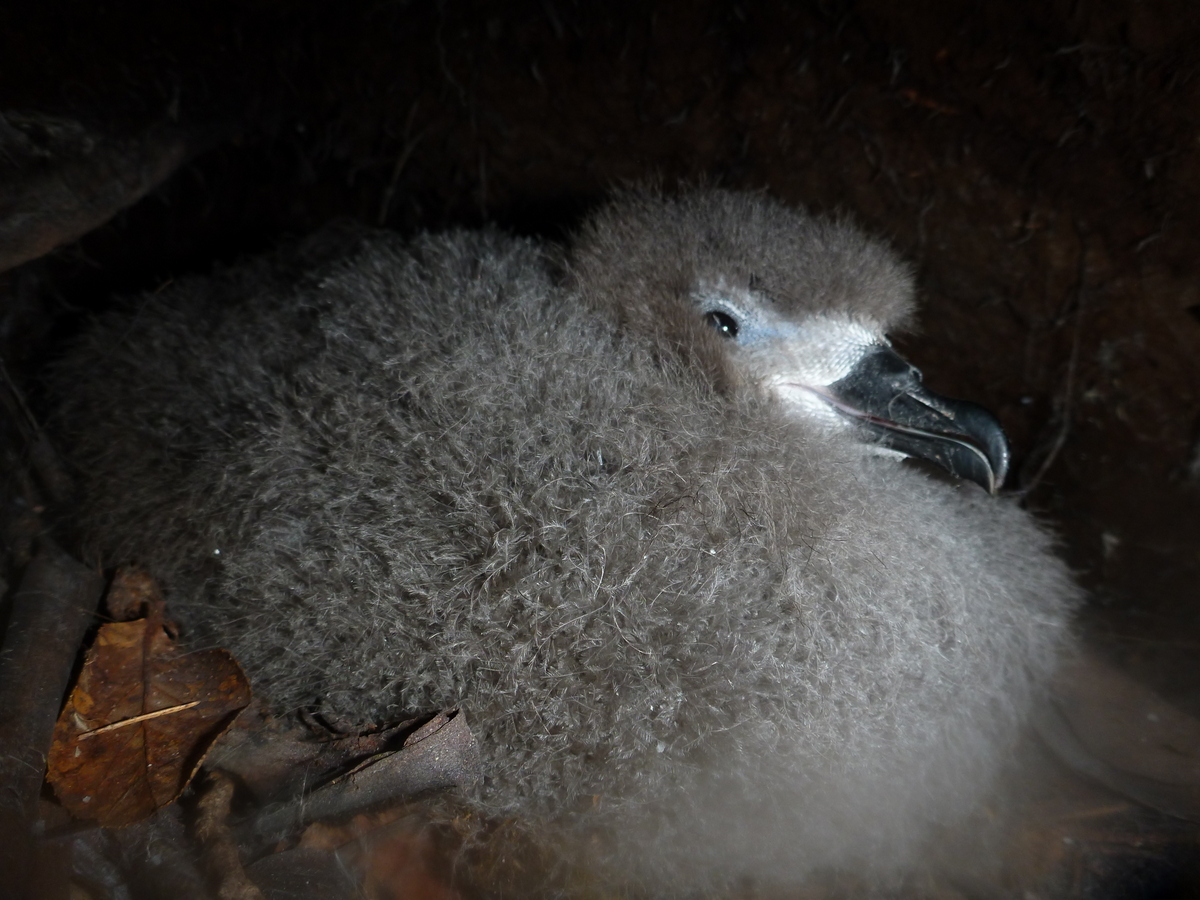 Hawaiian Petrel chick, photograph by André Raine
Hawaiian Petrel chick, photograph by André Raine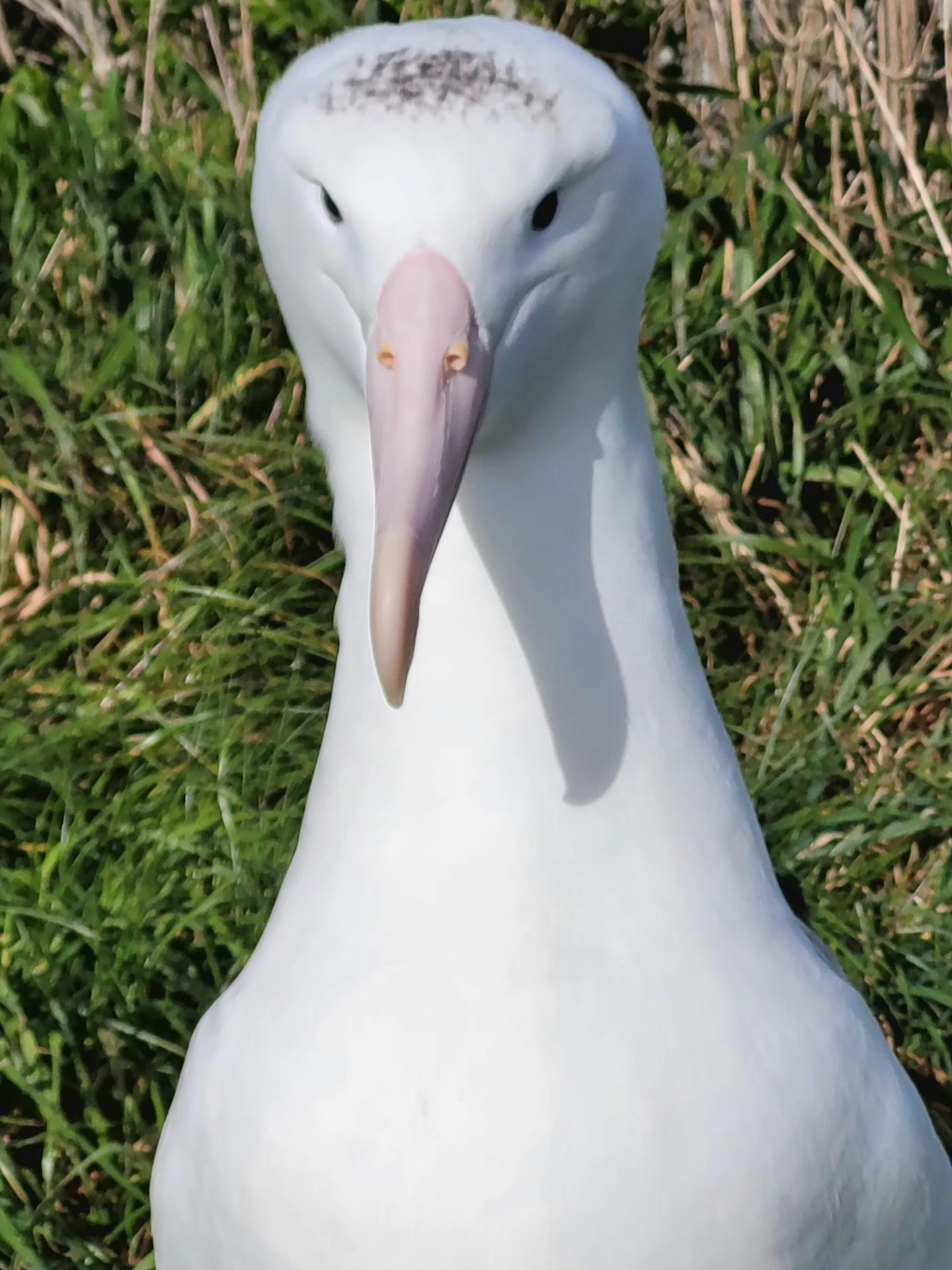 “New season’s arrivals stand out from the remaining breeders who are still fledging chicks as they have a pale bill unlike the bright pink bill of a parent who has a chick to feed, and they often have dark feathers on the head which will fade during the summer”, photograph by Sharyn Broni
“New season’s arrivals stand out from the remaining breeders who are still fledging chicks as they have a pale bill unlike the bright pink bill of a parent who has a chick to feed, and they often have dark feathers on the head which will fade during the summer”, photograph by Sharyn Broni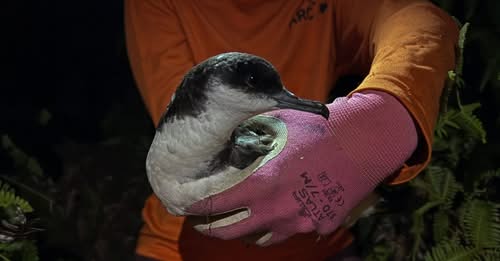
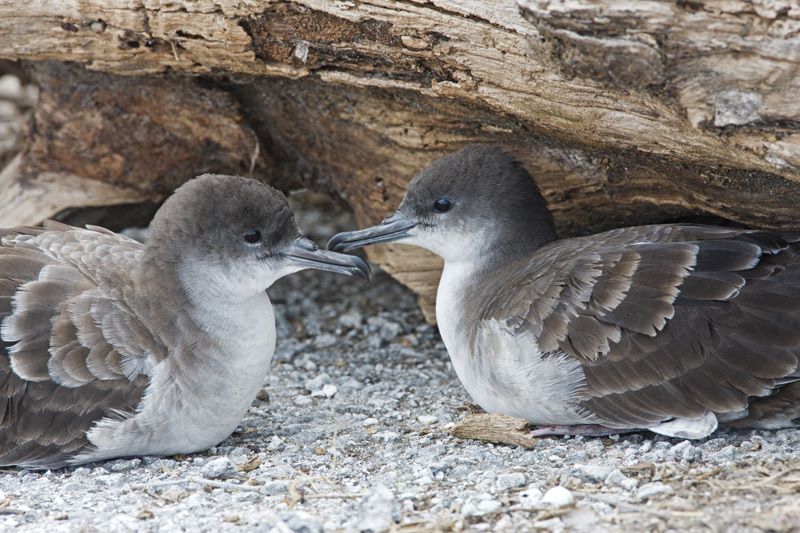 Wedge-tailed Shearwaters, from the Pacific Islands Avian Health & Disease Program
Wedge-tailed Shearwaters, from the Pacific Islands Avian Health & Disease Program